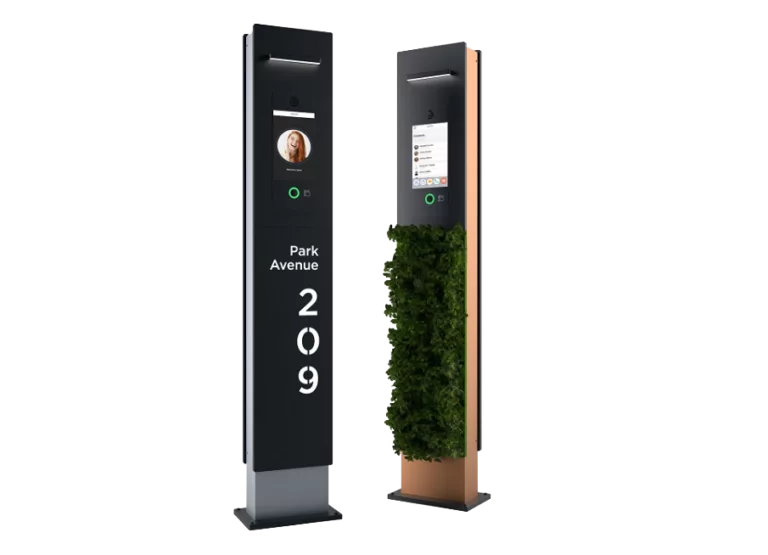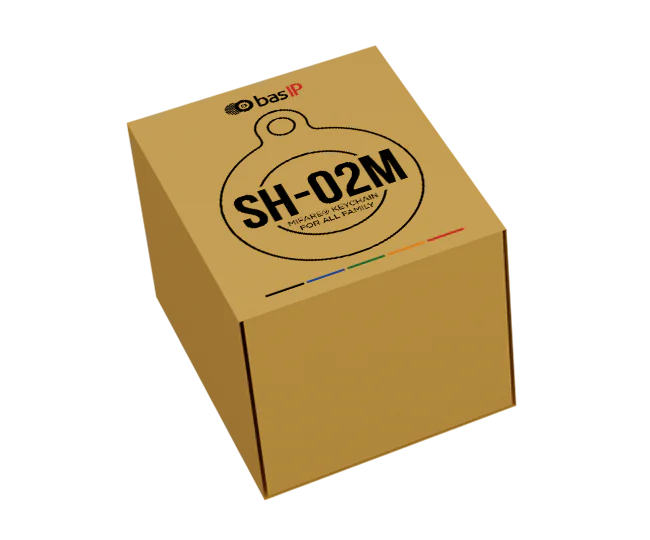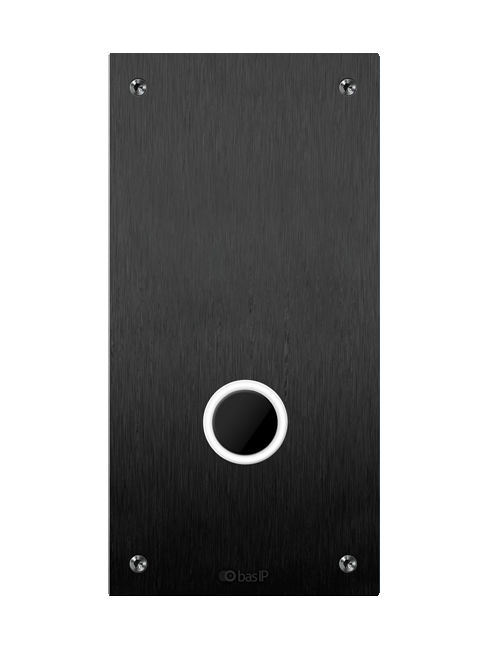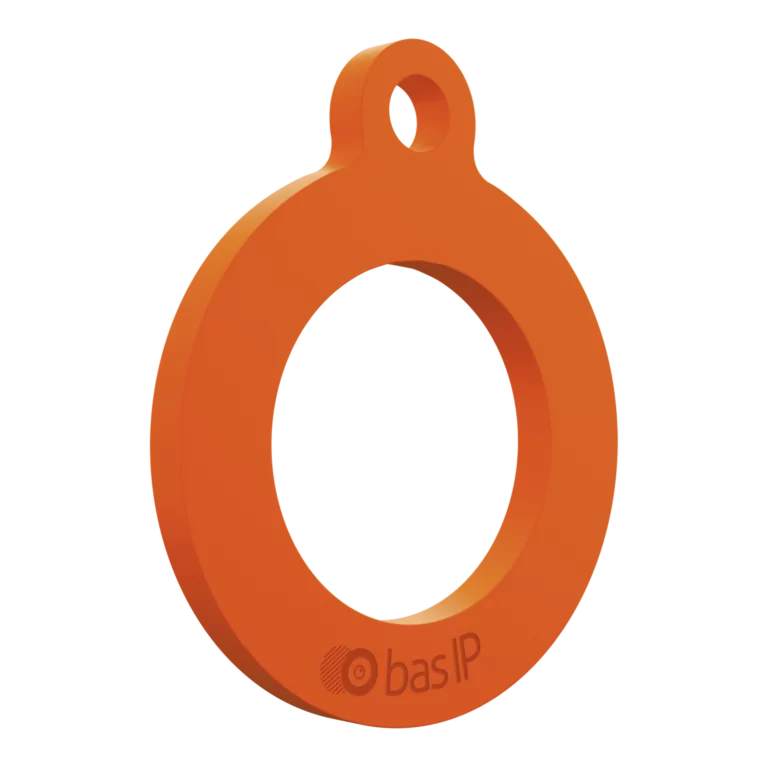Access Control System
An access control system is a security solution that manages and regulates access to a specific location, facility, or network. It is designed to protect the physical and digital assets of an organization or property by ensuring that only authorized individuals can gain entry. Access control systems are essential for maintaining the safety, security, and privacy of sensitive information, valuable equipment, and people.
BAS-IP Access Control Systems:
- Biometric Access Control: This system uses unique biological characteristics, such as facial recognition to authenticate users. Biometric access control provides a high level of security by ensuring that only the authorized individual can gain access.
- Proximity Card Access Control: This system relies on a card reader and a proximity card, which contains an embedded chip or magnetic stripe. Users gain access by presenting the card within a certain distance from the card reader. This type of access control is commonly used in office buildings, parking garages, and other facilities.
- Keypad Access Control: This system uses a numeric keypad or a touch screen interface to input an access code. Users must enter the correct code to unlock the door or gain access to the secured area. Keypad access control systems are widely used in residential buildings, offices, and storage facilities.
- Mobile Access Control: This system utilizes smartphones and mobile applications as a means of authentication. Users are granted access through the use of a digital credential stored on their mobile device, which communicates with the access control system via Bluetooth or NFC technology.
Intercom Access Control
Intercom access control systems have become an essential component of modern security infrastructure, providing a reliable and efficient method for managing access to residential and commercial buildings. These systems allow for seamless communication between visitors and occupants, granting or denying access based on authorization levels. By integrating advanced technology, intercom access control systems have greatly improved the safety and convenience of property management.
One of the key features of intercom access control systems is their ability to facilitate real-time communication between visitors and building occupants. Typically installed at the main entrance or gate, the intercom system allows visitors to call residents or employees within the building, who can then decide whether to grant access based on the purpose of the visit. This two-way communication not only enhances security by preventing unauthorized access but also offers a convenient way for occupants to manage visitor access without physically being present at the entrance.
To ensure the effectiveness of an access control system, regular maintenance, updates, and monitoring are necessary. This helps to protect against security threats, maintain compliance with relevant regulations, and ensure the system continues to meet the needs of the organization.
Door Access Control
Access control for doors is a security measure that helps to regulate who can enter a building, room, or specific area. It can be implemented in various ways, depending on the level of security required and the budget available. Here are some common types of access control systems for doors:
- Mechanical key systems: The simplest form of access control, using a traditional key and lock mechanism. This is the most basic level of security, where access is granted to individuals with a physical key. BAS-IP outdoor panels and readers can work together with electromechanical and electromagnetic lock releases.
- Electronic keypads: These systems require users to enter a personal identification number (PIN) or code to unlock the door. The code can be shared among multiple users, or each individual can have a unique code for added security.
- Card readers: This type of access control uses cards or key fobs embedded with a magnetic stripe, barcode, or radio-frequency identification (RFID) technology. Users swipe or tap their card or key fob on the reader to gain entry.
- Biometric systems: These advanced access control systems use unique physical characteristics such as fingerprints, facial recognition, or iris scanning to grant access. Biometric systems offer a high level of security but can be more expensive and complex to implement.
- Smartphone access: Many modern access control systems can be integrated with smartphone apps, allowing authorized users to unlock doors using their phones. This method often uses Bluetooth or Wi-Fi technology and may involve the use of digital keys or QR codes. Smartphone access control systems are convenient and offer the ability to easily manage permissions and access levels remotely.
- Multi-factor authentication: For high-security environments, combining two or more access control methods can provide increased security. Multi-factor authentication may involve using a combination of card readers, biometrics, and PIN entry to ensure that only authorized individuals can gain access.
- Networked access control systems: These systems connect multiple doors and access points to a central management platform. This allows administrators to easily manage access rights, monitor door activity, and receive notifications of security breaches or attempted unauthorized access.
Multi Door Access Control System
A multi-door access control system is designed to manage and control access to multiple doors or entry points within a building or facility. This type of system provides a centralized platform for administrators to manage and monitor access rights, allowing for increased security and simplified management. Here are some key components and features of a multi-door access control system:
- Centralized management: A multi-door system connects all doors and entry points to a single management platform, allowing administrators to easily grant or revoke access rights, adjust permissions, and monitor activity across the entire system.
- Scalability: Multi-door access control systems can be expanded or modified to accommodate additional doors or access points as needed. This flexibility makes it suitable for growing organizations or facilities with changing security requirements.
- Integration with other systems: Many multi-door access control systems can be integrated with other security and building management systems, such as video surveillance, intrusion detection, and fire alarm systems. This integration provides a comprehensive security solution and allows for streamlined management of all aspects of building security.
- Access control methods: Multi-door systems can utilize various access control methods, including electronic keypads, card readers, biometric scanners, and smartphone access. This allows organizations to choose the most appropriate access control method for their specific security needs.








